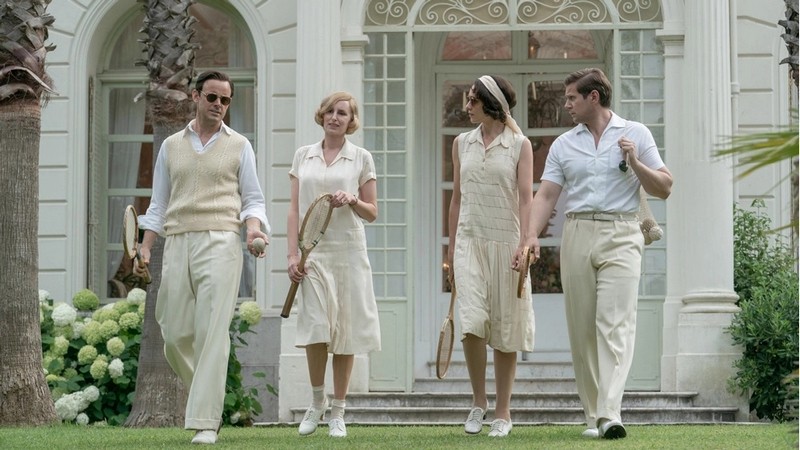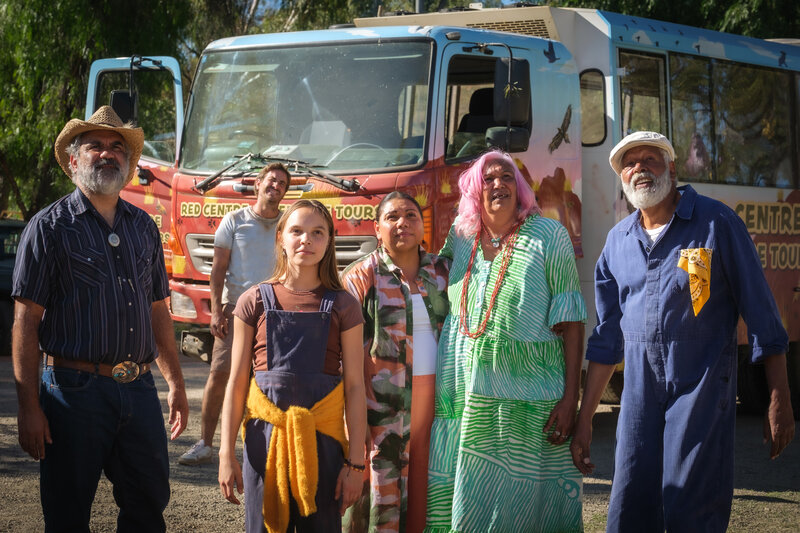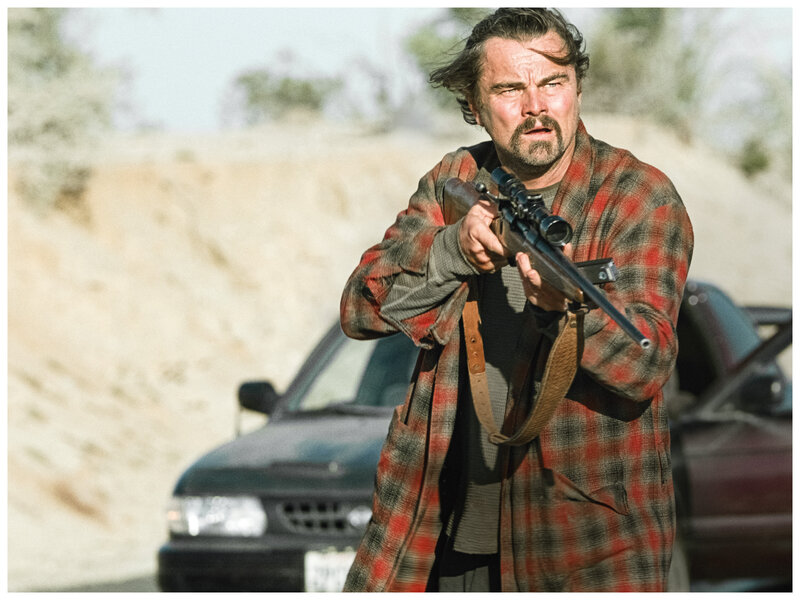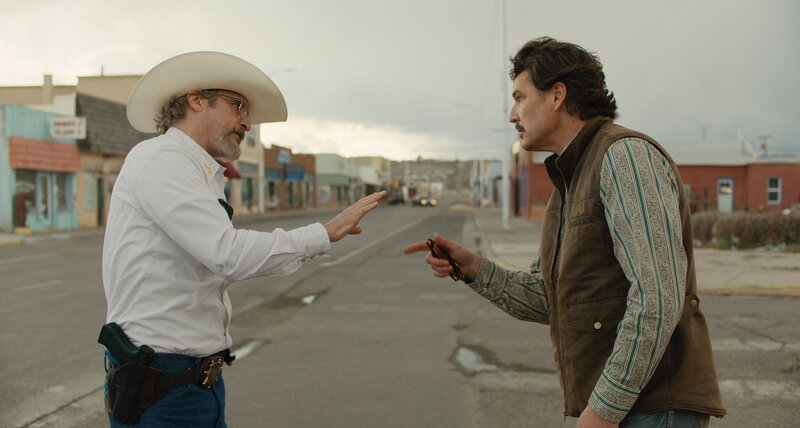Creator Julian Fellowes seems determined to squeeze every last drop out of the Downton Abbey saga. The popular television series set in the impressive titular stately rural mansion home of the wealthy Crawley clan finished its run in 2015, but Fellowes revived it with a stand-alone film (also titled Downton Abbey) in 2019 that brought back many of the beloved and familiar characters to tie up many loose narrative strands. With its look at the lives of the rich and their dedicated staff, Downton Abbey: A New Era is all very much like Upstairs Downstairs, the classic British TV drama from the 70s; and even Gosford Park, the 2001 Robert Altman film also written by Fellowes.

In the previous film the Crawley family and their staff were abuzz at the news of a Royal visit from the King of England. In this sequel other events occupy the family and their loyal staff. The film opens with a wedding, and then there are secrets, romances, health scares.
It’s the tail end of the roaring 20s and Downton Abbey is in need of some urgent repairs. Fortunately a film company has approached the Crawley clan, seeking permission to shoot The Gambler, a feature film, on location. Lady Mary Talbot (Michelle Dockery) agrees to let the film company use the house, much to the chagrin of Lord Robert Crawley (Hugh Bonneville). The film crew arrives as does roguishly handsome actor Guy Dexter (Dominic West) and starlet Myrna Dalgleish (Laura Haddock), who are warmly welcomed by the star-struck staff.
Fortunately Robert has more important matters to deal with. Matriarch Violet (Maggie Smith) has just learned she’s inherited a villa in the south of France. The bequest is the result of a romantic dalliance she enjoyed 60 years earlier with a French marquis. But the marquis’ understandably upset widow (veteran French actress Nathalie Baye) challenged the gift, so Robert and his wife Cora (Elizabeth McGovern) head off across the Channel to sort things out and enjoy a brief holiday in the sun.
Meanwhile back at Downton Abbey the film production is shut down midway through the shoot as the director Jack Barber (Hugh Dancy) is informed that the popularity of talking pictures means the end of silent films. At Mary’s suggestion though, the film is re-jigged and re-shot as a talking picture with the dialogue added. Unfortunately Myrna’s shrill and grating accent proves unsuitable for the screen, and she’s quite rude to boot. Again Mary comes up with a solution that allows many of the Abbey’s staff to become involved.
Fellowes’ script includes many old and new characters vying for screen time, and follows several narrative strands, some of which are less interesting, which gives the material an episodic feel. But Fellowes manages to cram a lot into the film’s running time. The most interesting subplot involves the shooting of the film, as it includes the transition from silent film to talking pictures. It’s a bit like a non-musical variation of the classic Singing in the Rain. There is more of an emphasis on humour this time around, with numerous jokes about the nature of the film industry itself, and fittingly enough Smith gets the lion’s share of witty zingers.
Theatre and TV director Simon Curtis (Woman in Gold) replaces original director Michael Engler at the helm for this sequel. He keeps things moving along at a fair pace as he moves deftly between the various narrative strands.
The film boasts lush settings, some sumptuous production design from Donal Woods (who worked on the TV series and the previous movie), and the period detail reeks of authenticity. The gorgeous costumes have been designed by Maja Meschede (Mrs Palfrey at the Claremont) and Anna Robbins. The film has been sumptuously shot by cinematographer Andrew Dunn (The United States vs Billie Holiday). John Lunn’s jaunty score adds to the tone of the film.
Performances are solid across the board. West brings charm and arrogance to his role as the charismatic and dashing film star who catches the eye of valet Thomas Barrow (Robert James-Collier). Jim Carter reprises his role as Mr Carson, the pugnacious and stuffy head butler. Smith brings a poignant quality to her role as the aging and iron willed matriarch who reveals her “scandalous past” to the family. Bonneville brings an easy going charm to his role as Robert Crawley. Dancy is also charming as Barber who flirts with Mary, and they develop a wonderful chemistry.
Downton Abbey: A New Era is a frothy lightweight confection that adds little that is new to the material but it will certainly please fans of the series.
Greg King
Other reviews you might enjoy:

Greg King has had a life long love of films. He has been reviewing popular films for over 15 years. Since 1994, he has been the film reviewer for BEAT magazine. His reviews have also appeared in the Herald Sun newspaper, S-Press, Stage Whispers, and a number of other magazines, newspapers and web sites. Greg contributes to The Blurb on film





